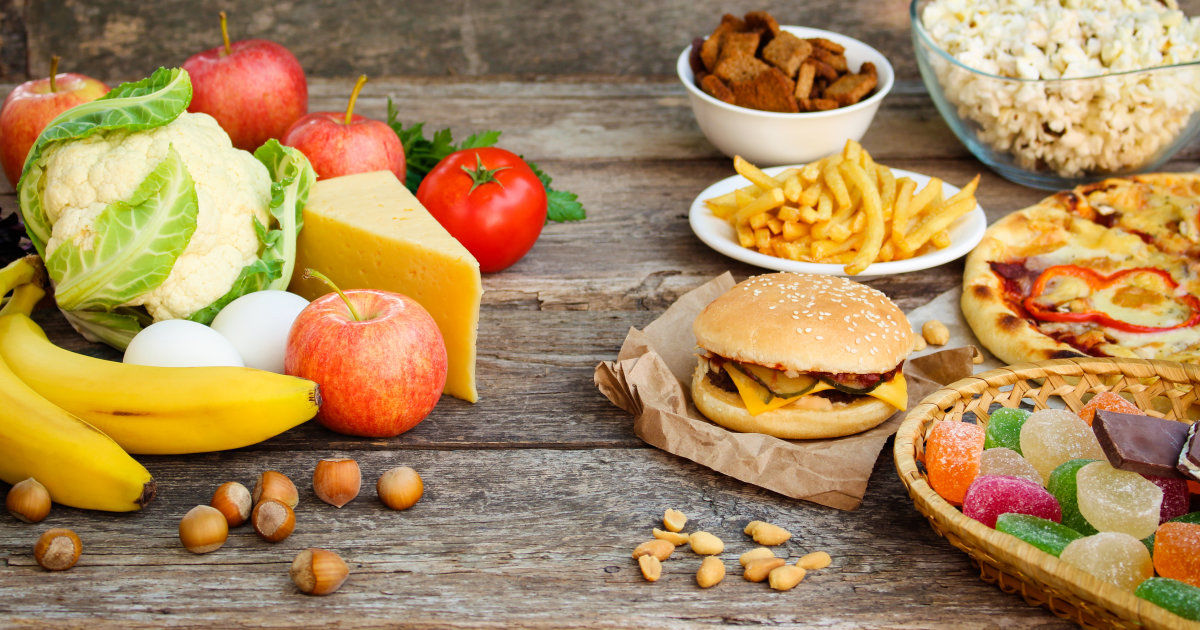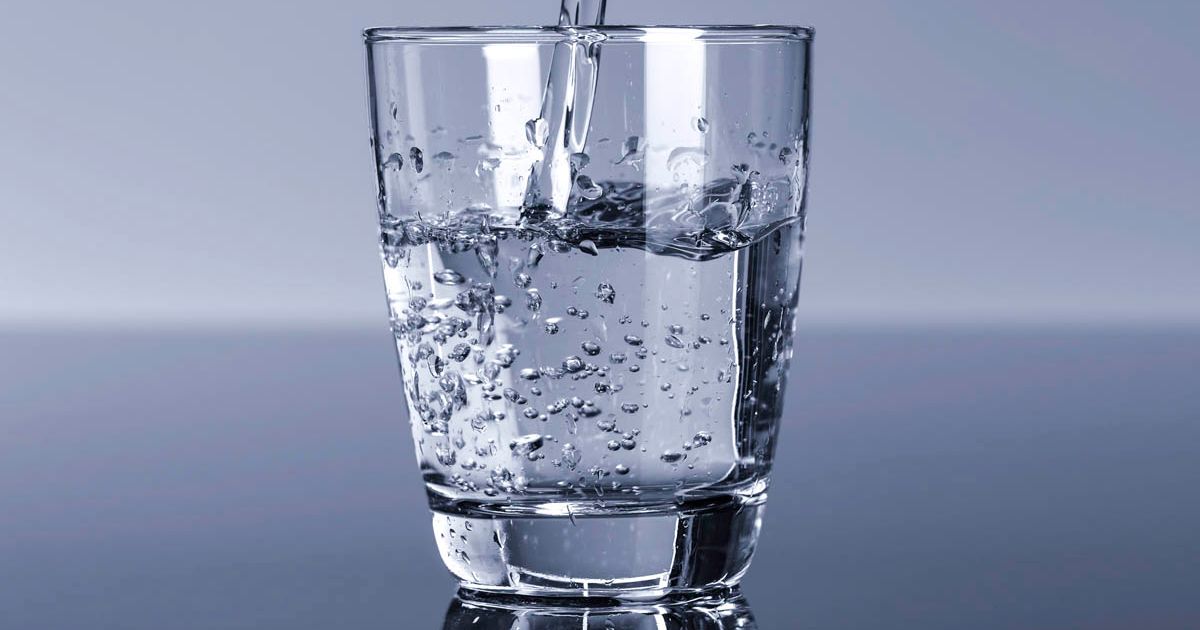What Is The Gastric Sleeve Diet?
Deciding to get gastric sleeve surgery is a serious decision, as it is a major operation that involves removing part of the stomach. Making the stomach smaller will prevent an individual from eating as much food and taking in a lot of calories. It is a tool that will aid in weight loss, but patients must know what foods to eat and what foods to stay away from. There is a standard diet doctors recommend for patients to immediately after and up to about a month to six weeks after the surgery. The diet helps the patient's new stomach get used to different textures without being strained or stretched. It's essential to incorporate new foods without causing any pressure or damage to the internal staples. Learn more about this diet now.
The Basics

The goal of gastric sleeve surgery is to help the patient lose weight by making their stomach smaller. So, if someone could typically eat three sandwiches for dinner before surgery, they may only be able to eat a half a sandwich. The body is also likely to reject certain kinds of foods after surgery. Patients may find they cannot eat a lot of bread or eating something fried makes them sick. This can be a good thing because these are things individuals should try to stay away from in their new diet. Individuals who receive gastric sleeve surgery need to stay away from sugary foods and empty calories. Instead, they need to fuel their body with protein and nutrients that will help it function better and more efficiently. The gastric sleeve diet is meant to heal the body after surgery and let individuals incorporate and learn what food their body will respond to positively and in a gradual manner. Their stomach will tolerate more solid foods as time goes by, so it is important to understand what they should eat and when.
Keep reading to learn about phase one of the gastric sleeve diet now.
Phase One Of The Diet

Immediately after surgery, patients will be limited to clear liquids only during phase one of the diet, which typically only lasts for a few days to a week. It allows the body to begin healing and prevents any pulling or pushing on the internal staples holding the patient's newly formed stomach together. Clear liquids include water, broth, jello, sugar-free popsicles, and decaf tea or coffee. Even though patients will not be able to drink large amounts of clear liquids at one time, they must sip on them throughout the day. It is important to get in as much fluid as possible so they can stay hydrated. Hydration will help the body heal and keep the balance of electrolytes, so the patient's organs and systems continue to work properly. During this time, patients might not find they are very hungry, so being limited to clear liquids is not usually a big problem for most patients.
Get moving onto the second phase of the gastric sleeve diet now.
Phase Two Of The Diet

Phase two of the gastric sleeve diet lets patients eat a little bit more. They still cannot eat solid foods, but can incorporate more liquid and heavier items. During this phase, patients will begin feeling hunger again. Thus, they need to ensure they begin getting a good amount of protein, ideally between twenty and forty grams daily. This can be achieved by using protein powder to make drinks or buying premade protein drinks. Patients need to look for drinks high in protein and very low in sugar.
During this phase, patients can add in creamy soups, sugar-free pudding, low-sugar applesauce, scrambled eggs, pureed foods, and even baby food. Also, patients should keep in mind they must continue to drink enough water to stay hydrated on a daily basis, and should incorporate foods one at a time and slowly. This will give their body time to decide if it can tolerate it or not.
It's time for the third phase of the gastric sleeve diet.
Phase Three Of The Diet

In phase three of the diet, patients can finally begin to eat somewhat normal food again, but not everything just yet. During this phase, patients can eat soft foods, like eggs, soft vegetables, cheeses, soft fish, and other high-protein foods. The protein will help the body heal and support this new way of eating. It is important to begin getting sixty to eighty grams of protein daily. Furthermore, patients need to try to have most of their protein come from foods, not from protein drinks, as natural protein is tolerated and absorbed by the body the best. Individuals can still use protein drinks if they need to get in some more protein, but it should be minimal. Finally, as part of the new diet, patients need to try to stay away from unhealthy foods that could slow down weight loss and reduce the effect of the surgery.
Learn about the final phase of the diet now.
Phase Four Of The Diet

Phase four of the gastric sleeve diet is where patients begin to incorporate all the normal solid foods they have probably been wanting to eat again. It is important, however, to stay away from sugary foods and to continue drinking enough fluids. Patients should also continue getting at least sixty to eighty grams of protein per day. As part of their new routine, patients should be taking a bariatric multivitamin and any other supplements the doctor has deemed necessary.
Eating and drinking separately is a critical aspect of this new diet. Individuals need to stop drinking thirty minutes before they eat because they do not want to take up space in their stomach with fluid without nutritional value. It's crucial to leave room for the protein-rich food to fill. Patients need to continue eating protein-rich foods, while avoiding bread, white grains, fried foods, soda, and high-calorie foods. These foods will sabotage weight loss and prevent the full effect of the surgery.